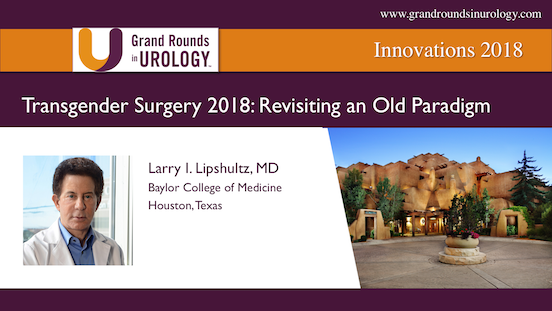The Green New Deal for Male Reproductive Health: Where Did We Go Wrong?
Larry I. Lipshultz, MD, Professor of Urology and Chief of the Scott Department of Urology’s Division of Male Reproductive Medicine and Surgery at Baylor College of Medicine in Houston, Texas, discusses the often overlooked detrimental impact of environmental toxins on male reproductive health. He begins with a brief overview of the history of these damaging toxicants and notes that it was not until the early 90’s that a link was drawn between them and male reproductive health. Dr. Lipshultz then explores the toxicant classifications, dividing them into four main categories: Endocrine Disrupting Chemicals (EDCs), chemicals that have diverse actions that impair cellular function, chemicals that cause cancer, and toxins that can relay isolated and severe testicular damage. He summarizes each toxicant grouping and discusses why they are harmful. Noting that there is a debate in the scientific community between the impact of genetics and the environmental impact as it relates to testicular cancer, Dr. Lipshultz cites several important studies that have found direct links between exposure to the toxicants and increased risk for developing testicular cancer. Dr. Lipshultz then details four specific toxicants and their potential for damage: BPAs, Phthalates, Glycol ethers (solvents), and DBCP (pesticides). He explains what they are, where they are found, how they work, and their detrimental effects on male reproductive organs. In conclusion, Dr. Lipshultz reviews the results of a number of studies about these toxicants, adding that many government agencies, retailers, and manufacturers are taking steps to monitor and decrease their harmful effects.
Read More



